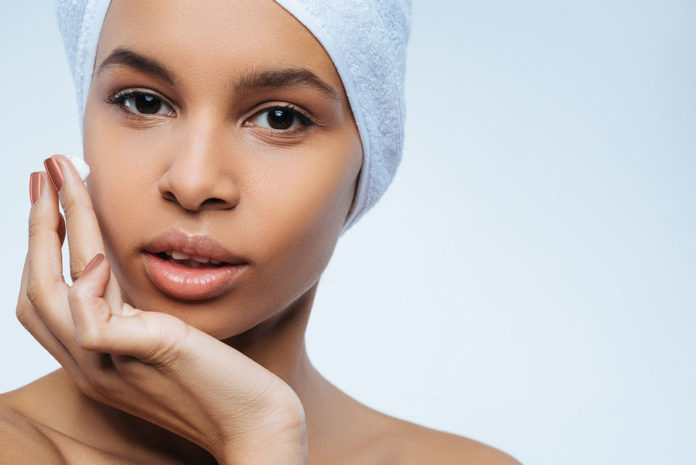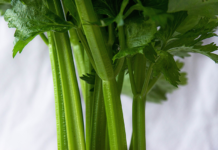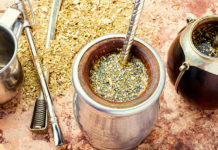Probiotics play a significant role in your total wellness, however many people don’t realize how important they are for your skin.
These naturally occurring, “good” bacteria that live in your gut may be the solution your skin is calling for.
Why Your Skin Needs Probiotics
Probiotics in your gut manufacture key nutrients. They also limit the growth of potentially harmful yeasts and unhealthy bacteria. In doing so, they reduce inflammation, improve hydration, support a healthy immune system, and affect what bacteria live on your skin.
Thanks to The Human Microbiome Project, we now have a greatly expanded understanding of the role probiotics play in human health. Increasing scientific evidence confirms that they benefit skin. A 2014 study published in the scientific journal Beneficial Microbes stated, “nutritional products containing prebiotics and/or probiotics have a positive effect on skin by modulating the immune system and by providing therapeutic benefits for atopic diseases.”
One of my previous posts on this topic describes, in more detail, how probiotics help with four skin common skin conditions: acne, rosacea, eczema, and aging. They also promote the healing of scars and burns, strengthen the skin’s immunity, help mitigate damage from UV rays, and help skin hold moisture.
Can Probiotics Cause Harm?
With a hot topic like probiotics, dissenting opinions abound. Some people claim that they can actually cause acne. I have never seen a patient who had acne that was made worse by taking probiotics. Quite the opposite, in my experience.
Many factors may lead to acne, including diet. Some people’s skin may react to gluten, dairy, or the additives found in many processed foods. In some cases, a patient is actually sensitive to the topical product(s) they are using to treat their acne. Don’t forget to consider environmental toxins as well. And hormone imbalances.
A recent article in World Health said, “Orally consumed probiotics reduce systemic markers of inflammation and oxidative stress, both of which are elevated locally in those with acne.”
With any healthy lifestyle choice, I always advocate a healthy, clean diet with proper exercise.
According to The Academy of Anti-Aging Medicine (of which I am a member), “Probiotic supplements can help reduce inflammation and are often very helpful for improving acne, but without also changing your diet, you will likely not be able to clear up your skin for the long term.”
Take the Right Probiotics
It’s quite possible to change the bacterial make-up of the GI tract by choosing food that nourishes healthy strains of bacteria, as well as supplementing with healthy strains of bacteria. I find that many patients take probiotics, but few actually take the correct strains and amounts to be beneficial.
Like many people, you may rely on yogurt as a good source of friendly bacteria. However, the bacteria used to make most yogurt (L. bulgaricus and S. thermophilus) are not normally the key beneficial bacteria. Look for acidophilus. But, and this is a big but, some brands add just enough acidophilus so they can list it as an ingredient. To be effective, I recommend that the daily intake of probiotics be at least 20 billion daily. Notice that yogurts do not contain an actual probiotic count on the label, so it is not possible to know the amount one is consuming.
To increase your gut probiotics, try foods like natto, miso, sauerkraut, kimchi, raw pickles, olives, fermented vegetables, buttermilk, raw whey, raw vinegars, and sourdough.
Even with smart dietary choices, I strongly encourage the use of supplements, too.
Take Steps To Healthy Skin!
As you know, there are many brands of probiotics on the market. Unfortunately, many do not contain the proper dose or strains to be helpful. Many contain strains that are already dead when taken, or are killed by stomach acid.
How do I know this? Because for many years I have checked many of my patients stool samples to evaluate both the amount and number of strains of probiotics they are taking. Through this method it is easy to see if what is listed on the bottle’s label is actually the same in the GI tract. Quite often, the results show that very few probiotics survive the trip through the GI tract (or were not alive then taken).
I recommend to my patients a popular two-step plan to repopulate their GI tract with the proper amount and strains of probiotics. Start with Diamond Nutritionals’ Ultra Probiotics, one packet a day for two months. This professional grade product delivers 6 different strains, totaling 225 billion bacteria, to the GI tract with each dose. After two months, sometimes longer depending on individual needs, switch to Diamond Nutritionals’ Probiotic Formula, one capsule a day for maintenance. Each capsule delivers 6 different strains, totaling 20 billion bacteria, for healthy maintenance.
With the proper probiotics in the right amounts, you will likely see improvement within a short time… not only in your skin, but in your overall health.
—
Photo credit: Yacobchuk / bigstock.com








